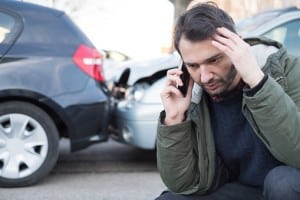A Guide to Claiming Compensation to get a Car Accident Claim
A Guide to Claiming Compensation to get a Car Accident Claim
Blog Article
In most cases, if perhaps you were involved in a road accident or chiropractor Bear DE, you are able to legally claim compensation from the other driver's insurance company for the damages and injuries resulting through the collision. The insurer will bear most of the car wreck claims arising in the crash, and also the driver will reimburse in form of a raised car insurance premium.
However, the policies and regulations that apply to car wreck claims change from state to state. There is a different group of laws that is to be observed appears to be injury claim is being made against several driver responsible for causing the accident.
Must take into account the following important points before compensation claims,
1. Determine who was simply at fault
While different laws modify the claims procedure, nothing affects determining who was at fault to the accident. Most from the times, it's easier to figure out whose fault it turned out for the car wreck if one from the drivers broke the rules of the road. While occasionally it's difficult to figure out who had been at fault. In order to successfully claim compensation for a car accident the injured person must prove the things below:
2. A legal duty was owed: You owe a typical duty of care to everyone traveling if you would break the guidelines. In case of auto accidents, the work is the one which all drivers owe with drivers traveling.
3. A legal duty was breached: You'll have to prove, in order to claim compensation for the car wreck, the negligent has breached the obligation of choose to which he/she was liable. You can submit proofs, such as photographs with the accident scene along with other relevant documents to back your stance.
4. The negligence of duty of care generated injuries: It's not enough to prove one other driver's negligence as the cause with the accident. It's important that your witnesses and/or evidences are substantial to prove that this driver's negligence continues to be the direct cause in the accident, which means the accident do not need happened if he/she would have been more careful.